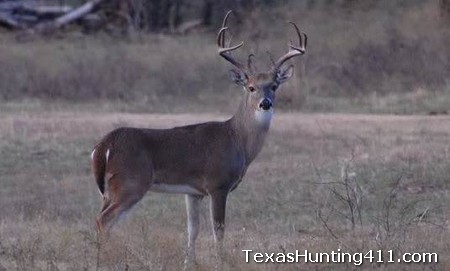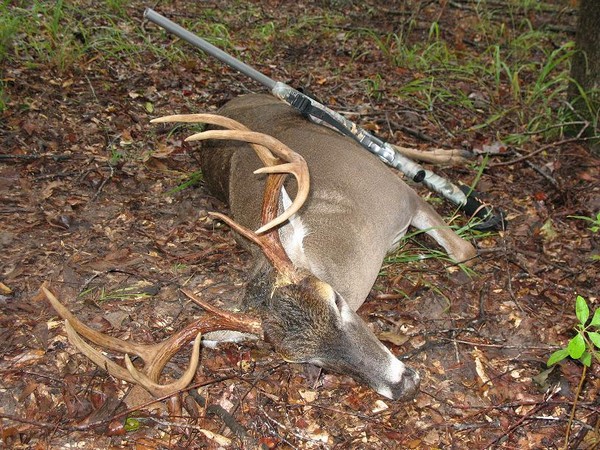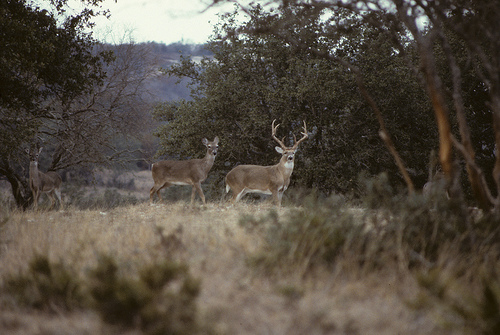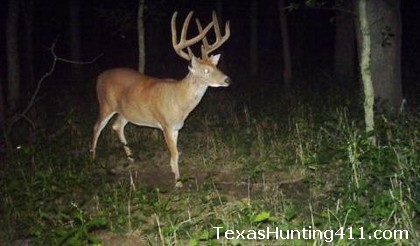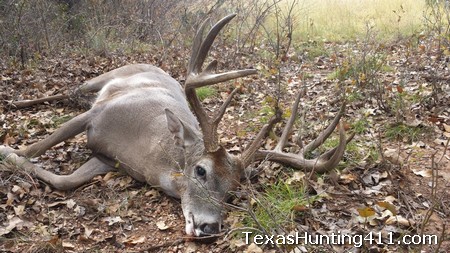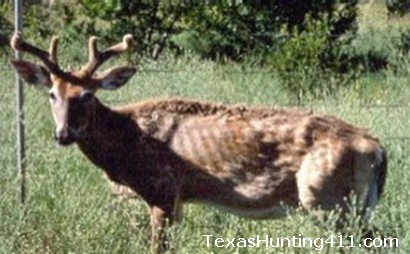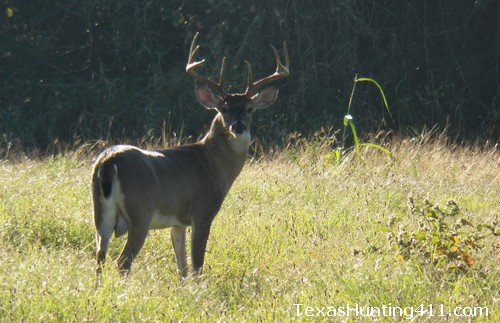Today more and more hunters are harvesting deer with a variety of new objectives which include: improving herd health through population control, as an ecosystem function, improving habitat condition, providing their family with a healthy and sustainable food source, and even donating the meat to feed the hungry. This could be the beginning of a new chapter in the history of hunting in Texas… the rise of the Conservation Hunter.
Hunting has progressed through a number of chapters over the years. When settlers first arrived in Texas, hunting was the primary means to provide food for their families. This subsistence hunting continued into the mid to late 1800’s when a new, much more exploitive form of hunting arose. This was the age of market hunting, where the seemingly endless supply of wildlife resources could be harvested in massive quantities to meet the growing demand in eastern markets. An example of this was seen between 1844 and 1853 when there were 75,000 deer hides shipped from a single trading post near Waco back to the east to be used for fine leather products.
This age of exploiting natural resources led to dramatic reductions in all kinds of wildlife species which resulted in Texas’ first game laws being passed in 1861, and the hiring of the first game warden in 1909. Market hunting declined as wildlife resources declined and additional game laws were enacted and enforced. By this time, wildlife populations, including white-tailed deer, had decreased to historically low levels.
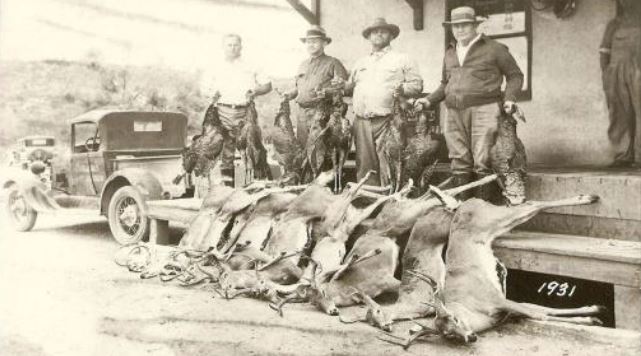
The next chapter that emerged in hunting was sport hunting. To re-build deer populations, does were protected and harvest was centered on bucks, particularly bucks with large antlers or trophies. Trophy hunting grew along with deer populations during the last half of the 20th century to the point where the primary goal of most deer hunters was to harvest a trophy. Deer populations reached historically high levels.
While trophy hunting still dominates in Texas, there seems to be a movement toward the use of hunting as a tool to improve ecosystem health and function and as a sustainable food source. This is ushering in a new chapter to Texas deer hunting that I refer to as “Conservation Hunting”. With deer populations at such high levels, these hunters play an important role in managing deer numbers.
Conservation hunting can take many forms and it is not simply about managing deer numbers. For example, these hunters may be interested in a sustainable food source for their family similar to the subsistence hunting of earlier settlers. With growing concerns over antibiotics and hormones in commercially raised meat, lean venison from free-ranging deer that are feeding on native food sources is viewed as a healthier alternative. This is part of the “local food movement” that is sweeping the nation and focuses on locally produced food. Conservation hunters are typically focused on improvement of habitat, ecosystem function, and deer herd health.
This is accomplished by intense population control which often targets the reduction of does. This usually requires a considerable harvest that can produce more venison than a single hunter can use in a year. When this occurs, conservation hunters help out their local communities by donating the excess meat to those that are in need. This is usually accomplished through organizations like Hunters for the Hungry, local food banks, or churches that can distribute the donation.
Through proper harvest, the deer populations are balanced with the habitat which reduces pressure on native plant communities resulting in better habitat quality and therefore ecosystem function. Better habitat also results in healthier deer which means higher weights, healthier fawns, and better antler quality. These conservation hunters can be an asset to landowners who are interested in increasing the quality of the habitat and the quality of the deer. Upon closer examination, you may find that some of your lease hunters or family members count themselves in the ranks of this new type of hunter… the Conservation Hunter.
This article was authored by Rufus Stephens, a District Leader for Texas Parks and Wildlife Department stationed in Kerrville, Texas. The article was originally published in “The Cedar Post,” Volume 4, Issue 2: December 2014.
